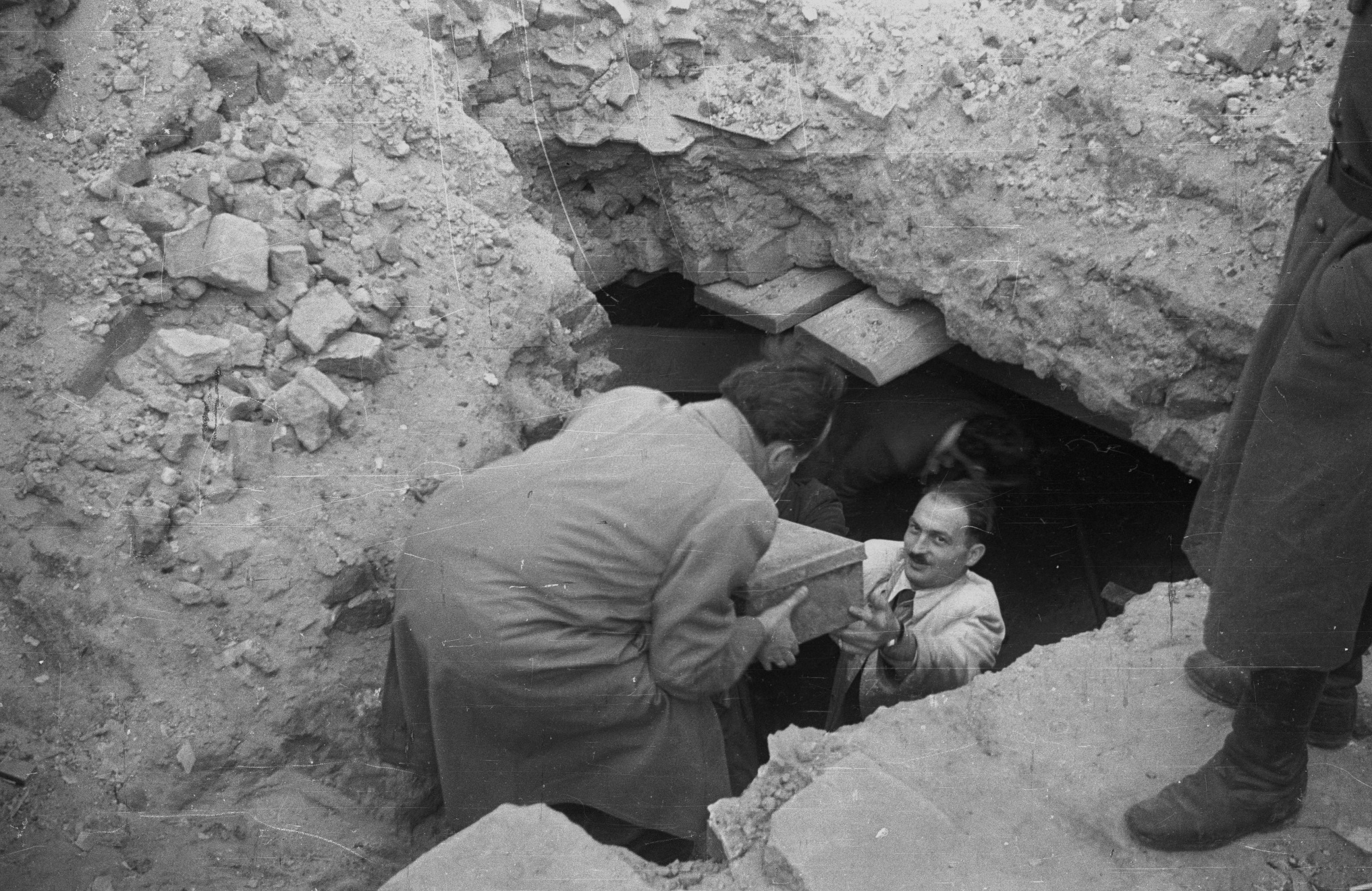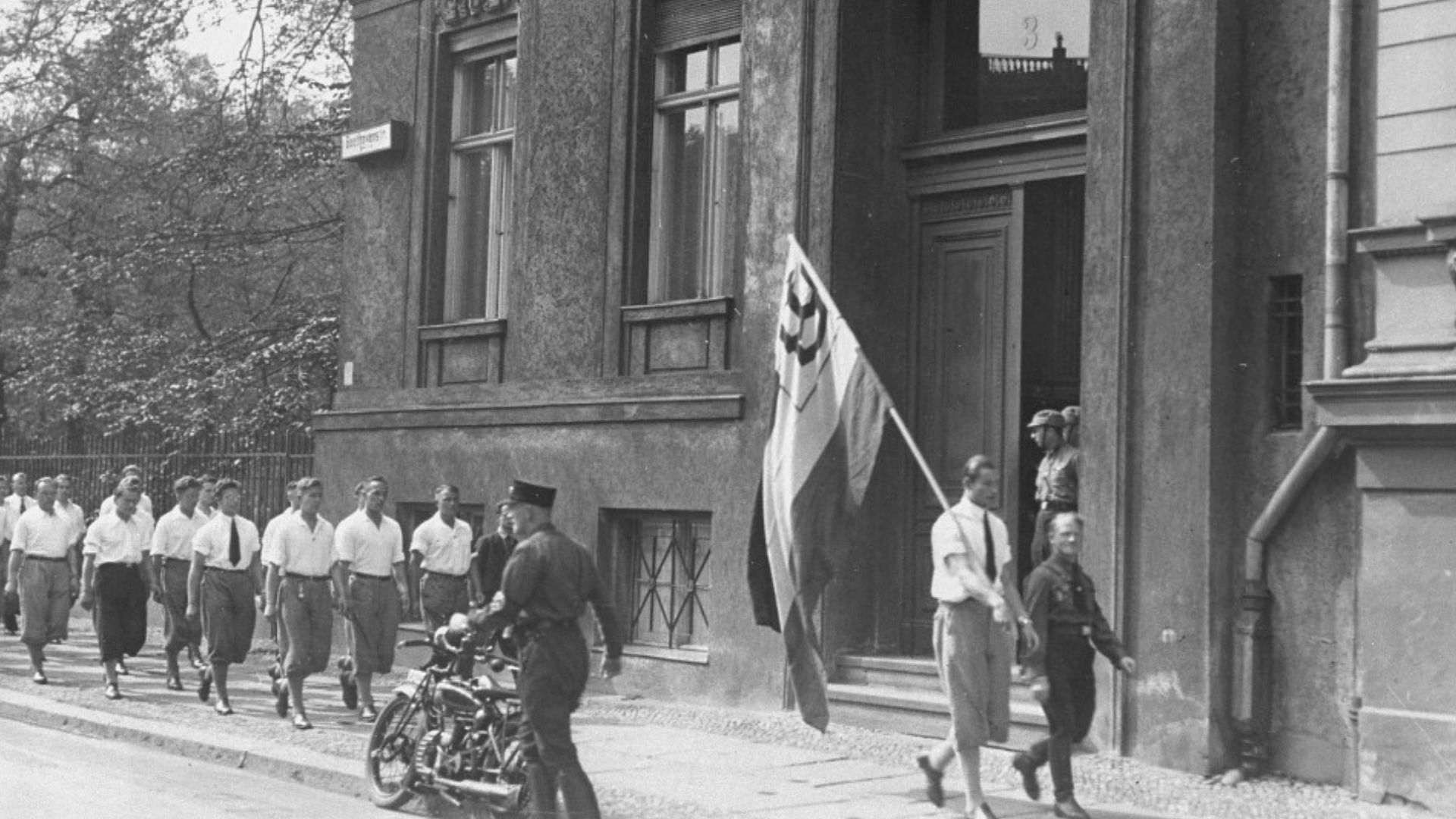
What is your connection to the MHM?
I have been connected to the MHM for many years. In 2012 I started working with Dr Donna-Lee Frieze from Deakin University on a history of the then Jewish Holocaust Centre, which was published in 2015 as The Interior of our Memories. As part of the project, we interviewed many people who had been involved with the museum for many years. We talked to them about their motivations and commitment to remembrance. I was also involved in the exhibition redevelopment committee which advised on our new permanent exhibition: Everybody Had a Name.
I started as the new CEO in late January 2024, talking over from Jayne Josem. Huge shoes to fill!
What do you hope to contribute to MHM?
I’ve been involved in Holocaust education, remembrance, and research for 30 years now, including enhancing our national and international networks though my role on the Australian delegation to the International Holocaust Remembrance Alliance. I have also written extensively on Holocaust testimony, education, exhibitions, and memory. I also bring to the MHM significant experience of the broader museum context and have worked in leadership positions with the National Trust of Australia (Victoria) and the Shrine of Remembrance and taught the next generation of museum professionals through my work at Deakin University.
My role as CEO is to make sure we are an effective and sustainable organisation that remains the finest memorial to the victims of the Holocaust and that staff and volunteers have what they need continue and develop this work.
What’s your favourite Holocaust-related book or film?
Can I have more than one? The book that started me on this journey was James E. Young’s The Texture of Memory: Holocaust Memorials and Meanings (1993). It is beautifully and clearly written and was one of the first books to provide an analysis of the work that Holocaust memorials do. Young examines their origins and histories, and how they have changed over time, showing how memorials both reflect and shape our understanding of the Holocaust. I would also choose Holocaust survivor Kitty Hart Moxon’s Return to Auschwitz first published in 1981. I had the honour of visiting Poland with Kitty in the 1990s and hearing her share her experiences was life changing.


